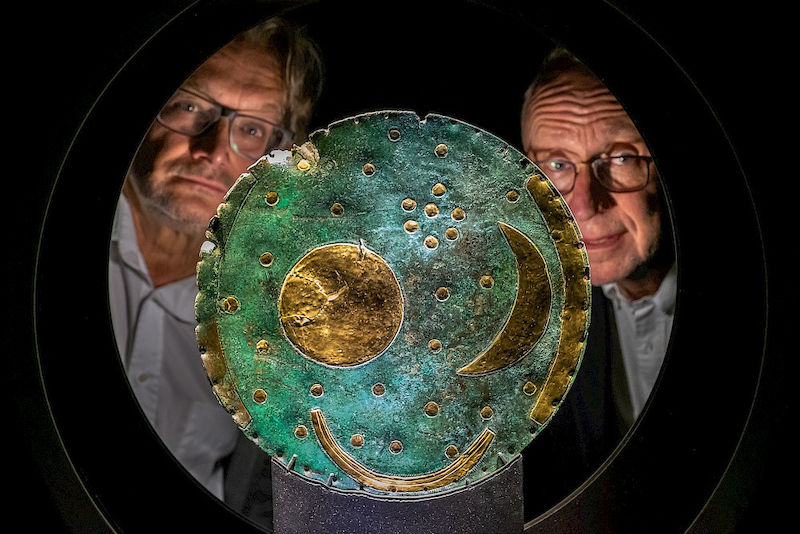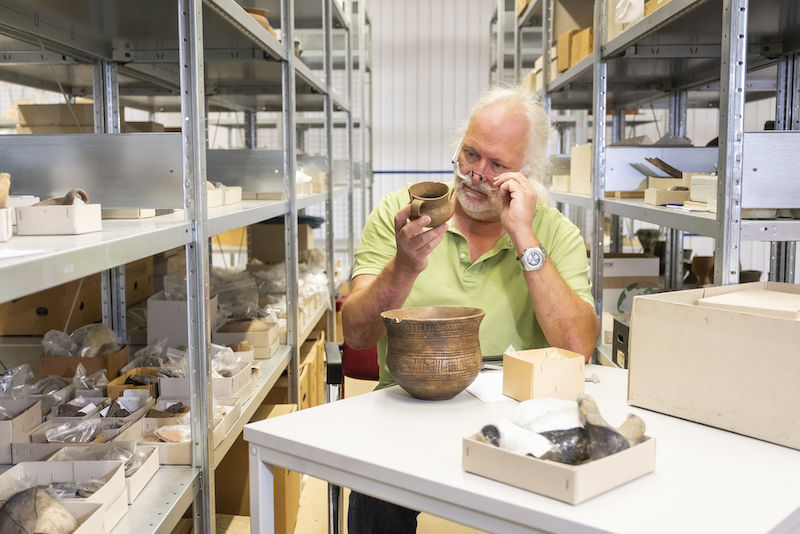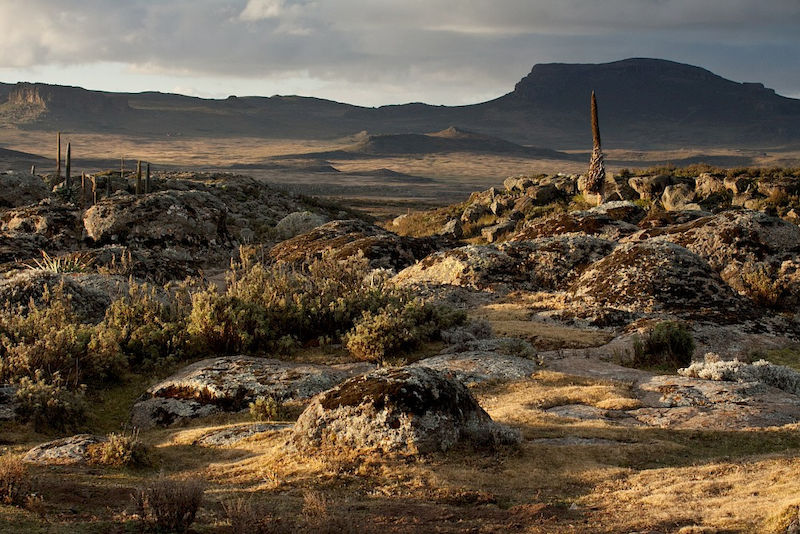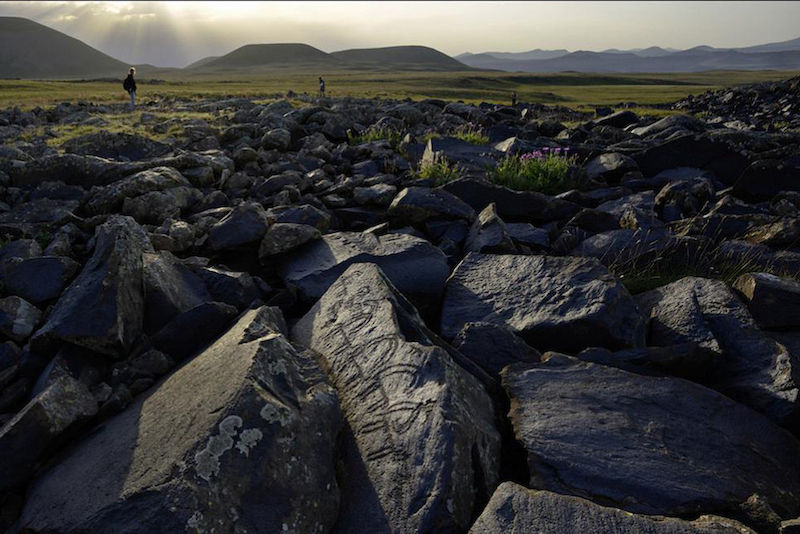
The secrets of ancient coins
Historians are still partly in the dark when it comes to the history of Central Asia. Little is known about the Greek kingdoms that were established in the course of Alexander the Great’s conquests. Gunnar Dumke, an ancient historian and archaeologist, has examined 4,500 coins that provide far more information about the rulers than any written sources. Read more




